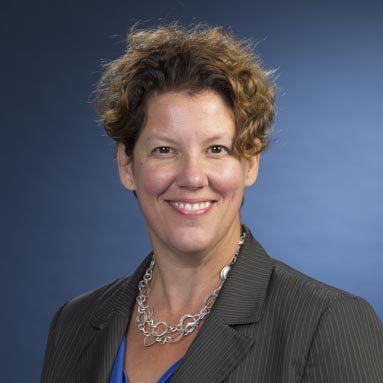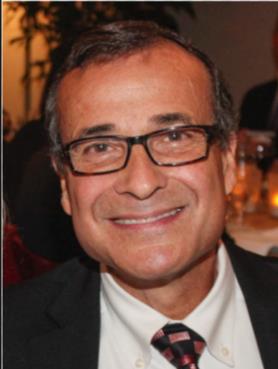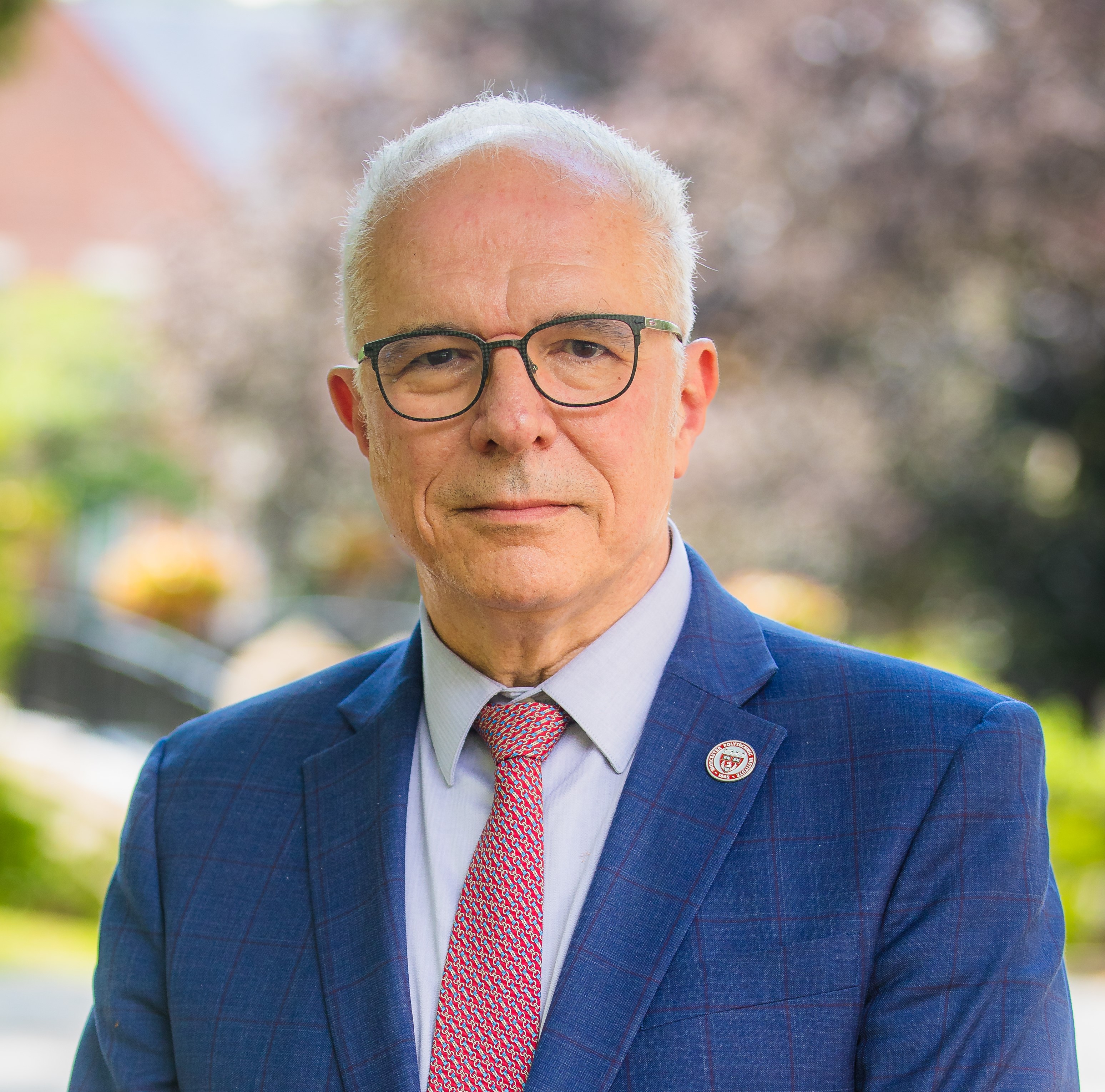This is the second installment of the look at value creation and how it’s helping WPI’s students, faculty, and staff take a new look at the work they do so they can have the greatest impact in areas that are most important to them. Read Answering the Million Dollar Question (Part 1) for more background.
Curt Carlson ’67, and Len Polizzotto ’70, both distinguished executives-in-residence at WPI, are spearheading WPI’s Value Creation Initiative (VCI) and see value creation as the next step in WPI’s project-based education.
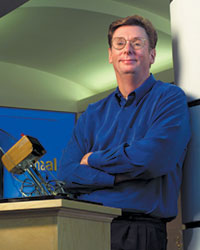
Putting Feedback into Action
According to Carlson, excellent proposals address not just what end users or customers want, but what end users actually need but cannot do. As end users don’t usually know what is possible, researchers must identify the actual end users' needs before they can propose a compelling solution. That’s an important distinction, he says, because until you understand the actual need to be addressed, you cannot be successful. “If you don’t work on important things, it’s unlikely you’ll make an important impact,” he says.
Proposal authors must make it clear (and obvious) why they deserve funds more than any other team. And making the case to fellow forum participants, who often know little about the research, helps researchers identify missing pieces that can make a significant difference. These colleagues don’t share the same blind spots as fellow experts, and they will often ask the “obvious” questions that others will not.
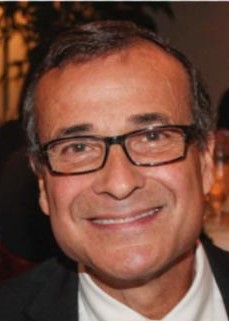
The impact this work can have on WPI’s students, faculty, and staff is lasting. “Short term, we expect to see an improvement in our proposal funding success rates,” says Bogdan Vernescu, vice provost for research, says of value creation work, “and long term, we hope to have the value creation perspective guiding many of our educational and research projects.”
Yuxiang (Shawn) Liu, associate professor of mechanical engineering, says the process is challenging. “If I am too overarching, the audience will say there’s not enough technical detail,” he says, “and if there’s too much technical detail, they may get lost. Before I did the forums, I was describing the benefit in a less effective order—and it matters. You need to bring up the benefits first. Previously, I would start with the technical details first, but if someone is not in my field, the technical details become a burden.”
For Elizabeth Long Lingo, assistant professor in The Business School, the feedback shows exactly how researchers’ words are understood by others. “It helps us figure out where the traction is,” she says. Long Lingo says the initial work of a big proposal—then going smaller and deepening the presentation’s focus—helped her team get to the valuable hook of why their work was different. “It pushed us to say what has been done and why that’s insufficient,” she says. The team thought about the audience perspective, how to best engage them, and how to help them understand what the project is about without using jargon or assuming knowledge in a certain area.
There’s little doubt that certain research projects are innovative and potentially transformative, but that’s not a guarantee for moving forward. “It’s not enough to have a great idea,” says Carlo Pinciroli, assistant professor of robotics engineering and fire protection engineering. “You need to strategize around that idea and organize your research in a strategic manner.”
Applying NABC to Varied Proposals
Fatemeh (Saba) Ganji, assistant professor of electrical and computer engineering, is working on a proposal for a cybersecurity MRI project that looks at the application of AI in healthcare. She says learning the proper organization is essential. “Writing a proposal is very different from writing a paper or other document,” she says, and strategically approaching your proposal takes new techniques.
“Although some people were talking about an idea—for us, we wanted to convince a group of people why a device is needed and why that device funding should be given to this school,” she says. “It was about why this device was important.” And, she says, telling the story of the proposal has a learning curve. Members of an NSF panel, for example, are quite knowledgeable, but she says the team realized they needed to give enough background stories, over and above the technical details, to help convey the scope, purpose, and urgency of their device.
In all the proposals I’ve done, the comments were much harsher than the ones I’ve gotten here. I’m happy I can get these comments now, before I submit the proposal. They designed this process to mimic the proposal process. — Shawn Liu
The pace of forums drives change, so that iterations happen quickly. “In the beginning, I didn’t expect much,” says Liu, who is working on sulci and pia mater, which are the folding structures in the human brain. He was familiar with using the NABC (Need, Approach, Benefit/costs, and Competition) value proposition framework, he says, but the way it was presented made all the difference to him. Liu says the value creation forums helped him realize that the proposal reviewers don’t want him to repeat all the research he’s doing, so the deep technical details may not matter to the decisions they need to make. But they do need to know why this project deserves money for addressing an important unmet need and why Liu is doing work that no one else has done successfully.
Once the forum participants saw how effective value creation is at sharpening their proposals, they realized the long-term impact this approach is going to have over their entire careers. “It was put into a structure and a storyline to apply it to my proposal,” Liu says. “And I’ll apply it to every other proposal down the line.”
For more information about upcoming value creation forums for faculty members, contact Ellen Piccioli, director of manufacturing innovation.



